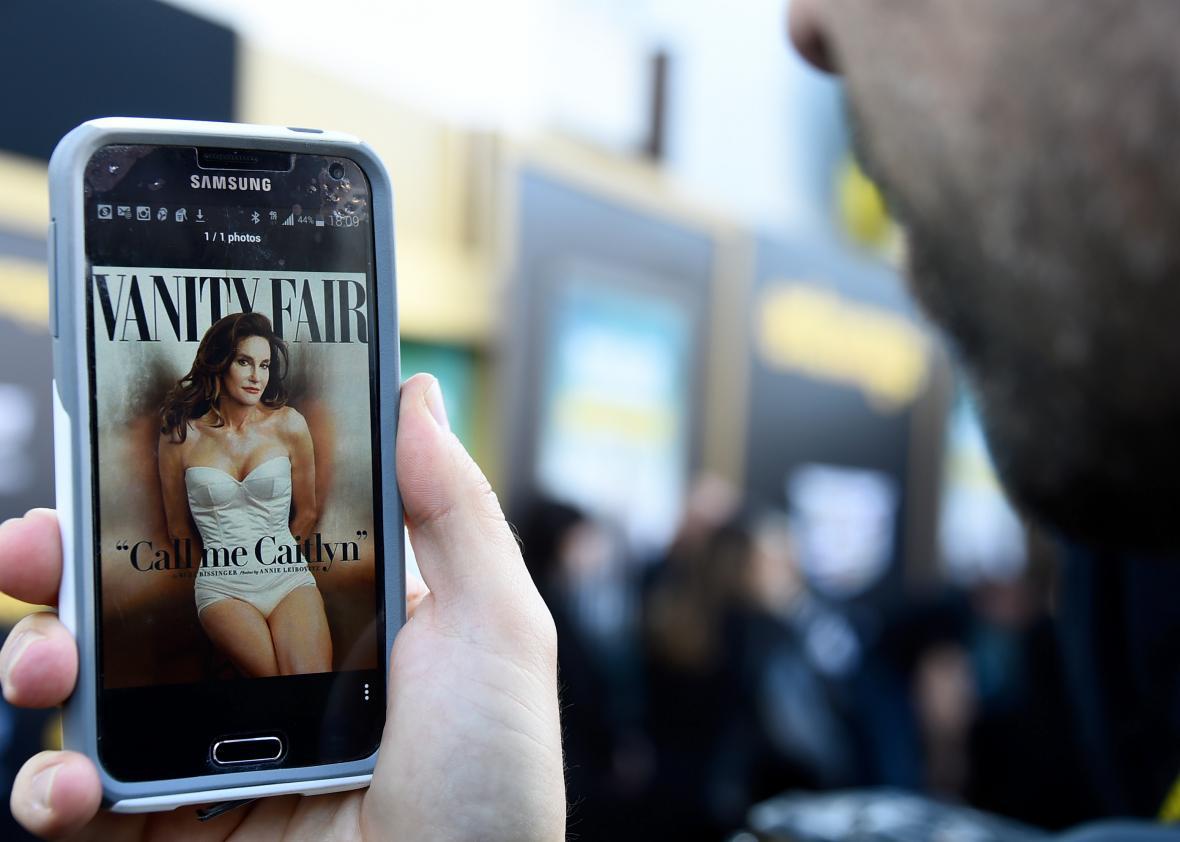In some circles at least, getting criticized by President-Elect Donald Trump can lead to a big windfall. When Trump harshly criticized Vanity Fair Thursday morning on Twitter, the magazine’s subscriptions soared. “Has anyone looked at the really poor numbers of @VanityFair Magazine,” Trump wrote shortly after the magazine published a devastating takedown of Trump Grill (or Grille?). “Way down, big trouble, dead! Graydon Carter, no talent, will be out!”
Trump meant to mock the magazine, but he ended up giving it a big boost. Vanity Fair’s new subscriptions soared 100 fold after the tweet, reports Folio. “This was the highest number of subscriptions sold in a single day ever at Condé Nast,” a company spokesperson said. Vanity Fair quickly saw the potential of the tweet for its business and launched a digital marketing campaign urging readers to subscribe to the “magazine Trump doesn’t want you to read.”
Even though Trump’s tweet didn’t mention Tina Nguyen’s piece headlined “Trump Grill Could Be the Worst Restaurant in America,” it also saw huge amounts of traffic since the president-elect criticized the magazine. The piece received almost one million unique views since the tweet. Plus, the magazine gained thousands of new followers on social media.
Even without the recent Trump help, the president-elect’s statements about the magazine were not quite accurate. According to Condé Nast, Vanity Fair’s revenue has increased two percent and is likely to be profitable this year in part thanks to a huge boost in digital revenue. But the magazine itself is also doing quite well, with circulation increasing almost three percent.
This is hardly the first time Trump’s criticism leads to a boost in the business he has criticized. The New York Times, for example, saw subscriptions soar at four times the normal rate after the election.
